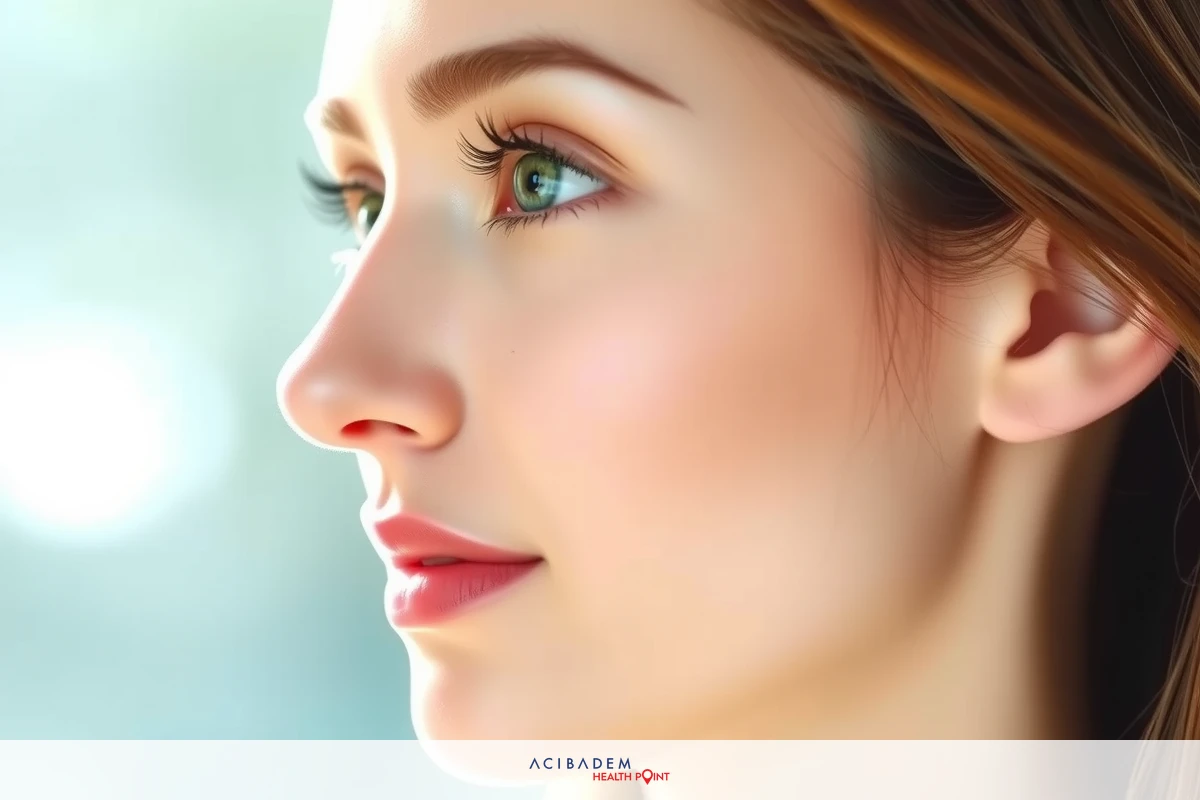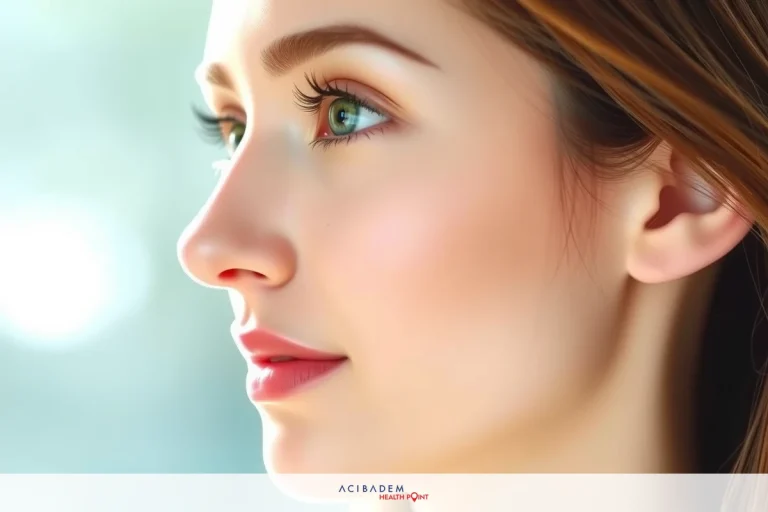Can I Ask for Shape with Functional Rhinoplasty?
Can I Ask for Shape with Functional Rhinoplasty? Functional rhinoplasty, a realm of facial plastic surgery that primarily aims to restore nasal function, often piques curiosity. Questions abound as patients wonder about the balance between aesthetics and functionality. Is it possible to request a specific shape? Will the surgeon entertain such requests? The answers lie in understanding the core objectives of functional rhinoplasty.
Open communication serves as a cornerstone in any patient-surgeon relationship. Expressing your desired outcomes can greatly influence your satisfaction postprocedure. Your surgeon is an expert equipped with knowledge and experience; using their guidance should be part of your journey towards achieving your aesthetic goals.
Factors influencing achievable shape during functional rhinoplasty are myriad – each case presents unique challenges and possibilities. Understanding these factors can equip you better when discussing expectations with your surgeon, fostering a more productive dialogue.
Understanding Functional Rhinoplasty
Functional rhinoplasty is a specialized branch of facial plastic surgery that focuses on rectifying breathing problems often caused by structural abnormalities within the nose. Such issues could arise from congenital defects, trauma or previous surgeries. At its core, functional rhinoplasty aims to restore natural airflow through your nasal passages while maintaining or even enhancing the aesthetic appeal of your face.
The purpose and benefits of this procedure extend beyond just improving respiratory function. It can have an impact on the overall shape and symmetry of your nose—two factors that significantly influence facial aesthetics. When you ask about reshaping during functional rhinoplasty, it’s important to remember that each case is unique; surgeons approach each patient with their specific needs in mind.
Asking for a particular shape during functional rhinoplasty isn’t outlandish—it’s part of navigating towards desired outcomes. However, achieving certain shapes may be limited by anatomical constraints and individual health conditions; hence open communication with your surgeon becomes pivotal. This place—the consultation room—is where you bring forth all concerns regarding expected results postprocedure.
Remember: The goal here isn’t merely cosmetic enhancement but also ensuring proper functionality—a delicate balance every skilled surgeon strives to achieve during functional rhinoplasty.
Communication with Your Surgeon
In the realm of functional rhinoplasty, maintaining open communication channels with your surgeon is paramount. It’s not just about expressing your desired shape or aesthetic goals but also understanding the nuances and potential limitations that every individual case might present. You are encouraged to ask questions; after all, it is your face and you have a right to be fully informed.
Your consultation place doubles up as an arena for knowledge exchange where you can ask about everything from procedure details to recovery timelines. Be clear in articulating your expectations regarding shape changes post-functional rhinoplasty—to ensure both you and your surgeon are on the same page. Remember: there’s no such thing as a silly question when it comes to something as significant as surgery.
Understanding each other’s perspectives not only helps manage expectations better but also contributes towards achieving optimal results—a balance between function restoration and aesthetic enhancement. A competent surgeon will guide you through this process, providing clarity when confusion arises—this underscores the importance of effective communication throughout your journey towards improved nasal functionality and

contouring.
Factors Influencing Shape
The shape achieved through functional rhinoplasty is a result of intricate planning, precise execution and individual biological factors. It’s not merely the surgeon’s skill or your desired outcome that determines the final form—there are other influential factors at play which contribute to the end result.
- Individual Anatomy: Every person has a unique nasal structure; this can significantly influence what changes can be realistically made during surgery.
- Skin Type: The thickness and elasticity of your skin plays an important role in how well it adapts to the new contour post-rhinoplasty.
- Previous Surgeries: If you’ve undergone any prior nose surgeries, they could potentially impact the results of subsequent procedures.
- Health Conditions: Certain health conditions may restrict some modifications due to safety considerations.
- Expectations vs Reality: Sometimes our aesthetic desires may not align with what is surgically feasible without compromising functionality—hence managing expectations becomes key.
Understanding these factors allows for better comprehension when discussing achievable shapes during functional rhinoplasty with your surgeon—a step towards fostering productive dialogues and satisfying outcomes in this place where science meets artistry!
Frequently Asked Questions
What is the main purpose of functional rhinoplasty?
The primary goal of functional rhinoplasty is to improve or restore normal breathing function. However, it can also help enhance the aesthetic appeal of your face by refining nasal shape and symmetry.
Can I ask my surgeon for a specific nose shape during functional rhinoplasty?
Yes, absolutely! It's critical to express your desired outcomes clearly with your surgeon. However, achieving certain shapes may be influenced by factors such as individual anatomy and health conditions.
How does communication with my surgeon impact the results of my surgery?
Open communication ensures that both you and your surgeon are on the same page regarding expectations from the procedure. This leads to better management of expectations and contributes towards achieving optimal results—a balance between restored function and aesthetic enhancement.
What factors could potentially influence achievable shapes in functional rhinoplasty?
Several elements come into play here including individual anatomy, skin type, previous surgeries if any, health conditions that might limit modifications due to safety concerns, along with a reconciliation between personal aesthetics desires versus surgical feasibility.











